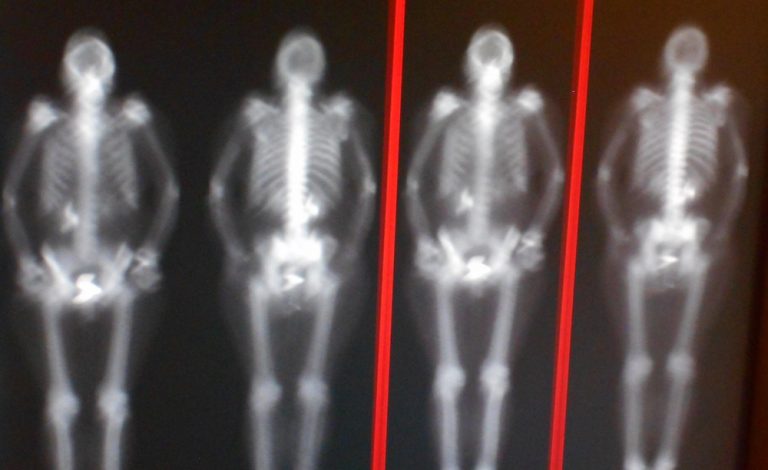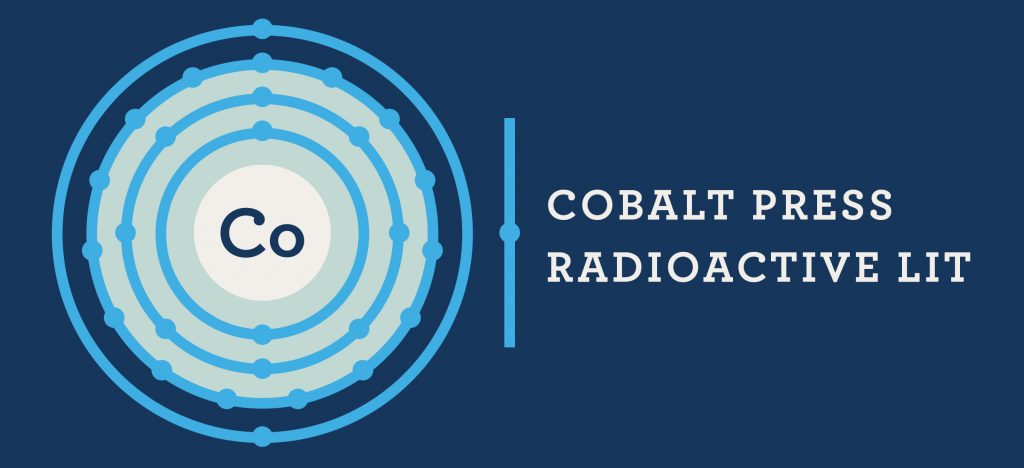RADIUM MAN
Ebenezer MacBurney Byers delighted in telling everyone, especially his female friends, that he was radioactive. “I’ll make you glow,” he said to every woman he met. And it was true. He left all of his lovers satisfied. There had been no complaints on that score since he started drinking Radithor.
Radithor was a mixture of two radium isotopes in triple-distilled water. It had been prescribed for him by his doctor after Eben fell out of an upper Pullman berth on his way back from the 1927 Yale-Harvard football game, injuring his shoulder. “Good God,” one of his bunkmates said as he thudded onto the floor of the railway car, “it’s raining Byers.”
After the fall, his shoulder ached constantly. He could not sleep. He could not find a comfortable position in bed, even though he knew many of them, having studied the Kama Sutra with an obliging Smith girl while he was a freshman at Yale. His doctor, a physiotherapist named Charles Clinton Moyar, told Eben that Radithor was known to cure more than 150 different ailments, including insomnia, exhaustion, sexual decline, and impotence, in addition to shoulder problems. “I’m not impotent,” Eben told Dr. Moyar, but he took his advice and bought himself a case of the patent medicine. “Perpetual sunshine,” Moyar called it. “The cure for the living dead.”
§
Radium was all the rage. The transformative new element was making the invisible world visible. You could see the future, and it was looking bright. Time shone from watch dials brushed with radioluminiscent paint. You could slip your feet inside a shoe-fitting pedascope and see your bones. Radium was being used to shrink tumors under the skin and in a host of other medical applications. You could brush your teeth with it. You could raise a glass and drink your health to it.
Dr. Moyar, who received seventeen cents for every one dollar bottle of Radithor sold to one of his patients, assured Eben radium was safe.
§
The miracle medicine worked wonders for him. Eben felt reinvigorated, better, in fact, than he had in years. He even considered a return to competitive golf, a pastime he had given up after his defeat in the first round of the 1916 U.S. Amateur to a fourteen-year-old boy named Bobby Jones. In the intervening years, Jones had blossomed into a man and the world’s best golfer, and Eben’s defeat no longer stung as much as it once did. After their match, Jones had told the press that, “Mr. Byers and I played wretchedly.” Both golfers had behaved as badly as they played, throwing brassies, mashies, and spoons away after striking bad shots. “I only beat him,” Bobby Jones conceded, “because he ran out of clubs first.”
Much as he would have liked to resume his rivalry with Bobby Jones, Eben had other, more pressing responsibilities. He had assumed leadership of his late father’s company, a growing industrial concern. As one of his set’s most eligible bachelors, he also led an active social life that took him to Southampton in the summer and Palm Beach in the winter. Thanks to Radithor, he was up to it.
One night, he took a Palm Beach debutante to bed. She insisted on keeping the lights on. Perhaps she thought he really might make her glow in the dark with his radioactive powers. Or perhaps she merely wanted to see close-up how virile he was. Eben thought she was being silly but obliged her.
“What’s that?” she said with a start as she kissed him on the neck; she pointed to something on his skin. Eben went into the bathroom to look and found a lump under his jawline. It pulsated when he gulped, like it was a living thing.
He wondered if she had bitten him.
A terrible headache racked his skull.
At first, he thought he might be suffering from an abscess. He made an appointment with a dentist, who told him, condescendingly, that his teeth were a mess. One of them fell out of his mouth when the dentist gently probed it. “What’s happening to me?” Eben gasped.
Alarmed, he went to see Dr. Moyar and asked if he might have a cancer of the jaw. Moyar told him it was nothing; most likely, his sinuses were inflamed.
But still the pain persisted. More of his teeth fell out. Eben consulted with a specialist at Columbia University, who was appalled to learn that Byers was drinking radium water.
“Radium behaves chemically like calcium,” the specialist told him. “It’s absorbed by bone and displaces it.”
That’s why his teeth were falling out.
The specialist exhorted him to stop drinking Radithor, but the damage was already done. By the time he was deposed in the lawsuit he brought against the company that made Radithor, Eben could hardly speak. His head was swathed in bandages, and he had lost most of his teeth. He’d undergone several surgeries; his lower jaw had been removed.
He had hoped to excrete the radium out of his system after he stopped drinking it, but the element was still inside him, ticking away like one of those clock dials brushed with Undark paint. One of the isotopes in Radithor had a half-life of 1600 years, the Columbia specialist informed him. It would be in his hair, his skin, and his bones long after he was dead.
What was the half-life of a person? Eben was 50 years old, but he did not expect to see one hundred.
He died from radiation sickness on April 1, 1932, just a few weeks shy of his 52nd birthday. They placed his body in a lead-lined coffin and stuck it in a niche in a private mausoleum designed to look like a miniature Doric temple. An afterglow of fading sunlight streaked the twilight sky, scattering like dust motes overhead.

